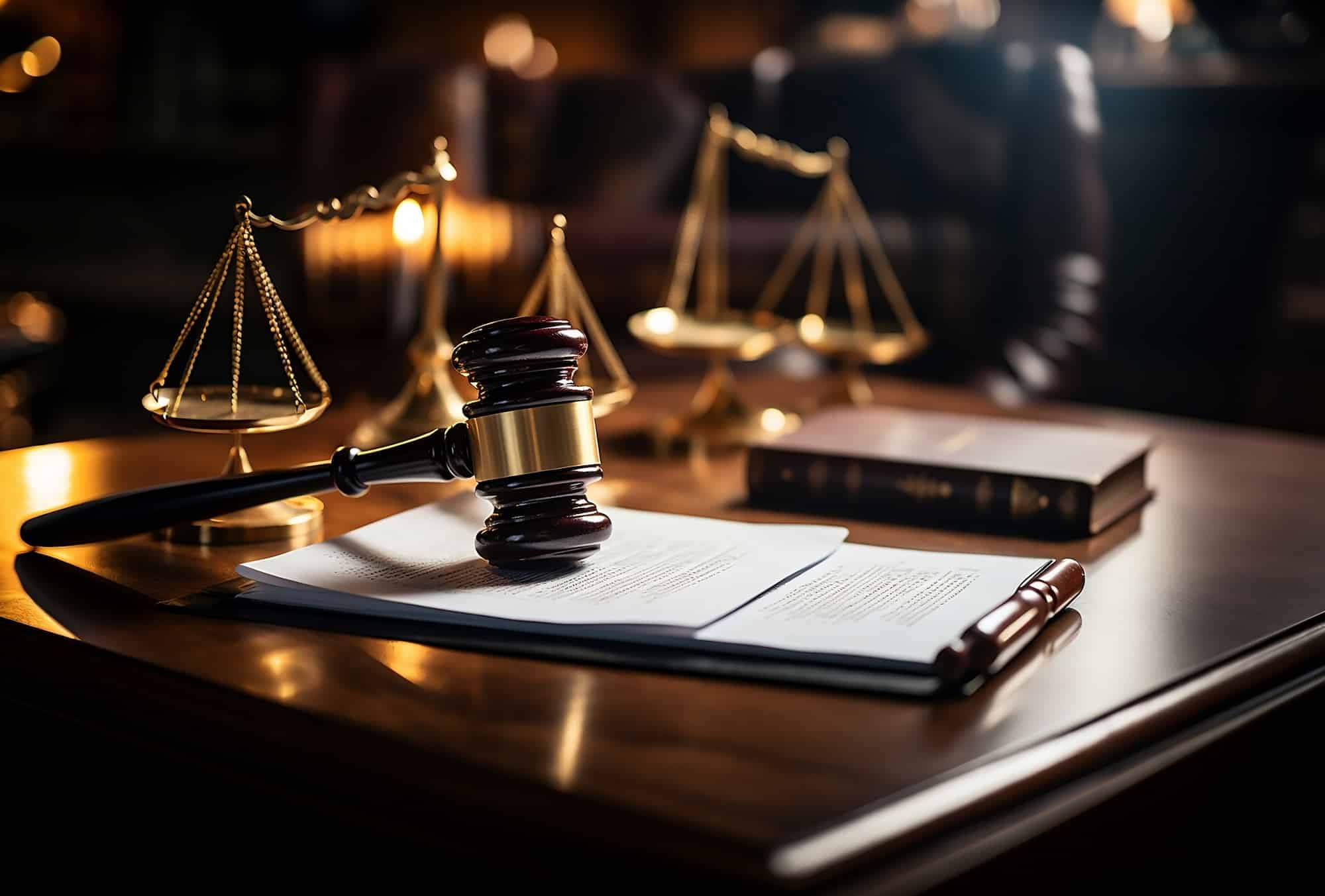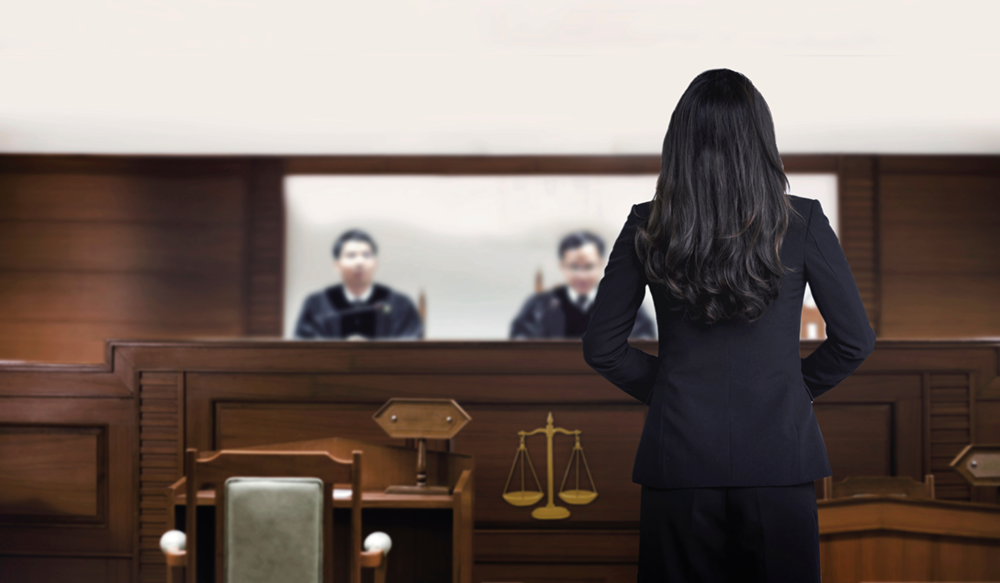Browsing the Complexities of Trial Presentations: Tips for Seamless Distribution and Engaging Arguments
In the world of lawful proceedings, the art of trial presentation stands as an important component of success. The intricacies inherent in test presentations need a fragile equilibrium of ability, finesse, and strategy.

Understanding Test Objectives
To successfully navigate a trial, it is crucial to have a clear understanding of the goals that need to be attained. Prior to entering the court room, legal teams have to specify their goals and desired end results. These objectives function as leading concepts throughout the test, forming strategies and affecting decision-making processes.
Recognizing trial objectives involves a thorough evaluation of the case, lawful criteria, and the client's ideal rate of interests. Trial Presentations. It needs a precise examination of the facts, determining crucial concerns, and anticipating potential difficulties. By setting quantifiable and specific objectives, lawyers can customize their debates and presentations to straighten with the desired outcomes
Furthermore, a clear understanding of trial goals allows lawful groups to prioritize proof, witnesses, and legal disagreements efficiently. It permits the development of a coherent story that reverberates with the court and court, enhancing the total instance discussion.

Organizing Proof Successfully
Having a clear understanding of test purposes lays the structure for organizing proof efficiently in lawful process - Trial Presentations. By aligning the presentation of evidence with the wanted outcomes of the trial, legal groups can enhance their arguments and improve their persuasiveness. One crucial element of organizing proof is categorization. Organizing proof based upon motifs or relevance to certain lawful components can aid improve the discussion and make complicated information extra digestible for the court or jury.
One more key aspect in arranging proof successfully is establishing a logical circulation. Offering proof in a sequential and coherent manner can assist construct an engaging narrative that sustains the lawful arguments being made. Additionally, utilizing visual help such as timelines, graphes, or graphs can better boost the organization of evidence and assist in making clear intricate connections or sequences of events.
Furthermore, making sure that all evidence presented is appropriate and acceptable to the situation is vital. Pointless or inadmissible proof can interfere with the stamina of the disagreement and potentially harm the integrity of today celebration. A precise testimonial and choice procedure need to be embarked on to consist of just the most impactful and legally sound proof in the test discussion.
Crafting Convincing Stories
Crafting engaging stories plays a critical function in offering convincing arguments during legal proceedings. When constructing a story for a test presentation, it is important to establish a clear story that highlights essential factors and links them in a systematic manner. By weaving with each other proof, testimony, and legal debates right into a natural and influential narrative, legal experts can successfully advocate for their customers and raise the possibility of a positive outcome in the court.
Grasping Visual Help
Effective use aesthetic help is key to Source enhancing the impact and quality of trial discussions. Visual aids, when made use of tactically, have the power to streamline complex info, reinforce crucial factors, and leave a long-term impression on the discretionary. To grasp aesthetic aids in trial discussions, it is crucial to make sure that they are clear, concise, and pertinent to the arguments being made.
When including visual aids, such as graphes, photographs, graphs, or timelines, into a trial discussion, it is vital to maintain them visually appealing yet specialist. The visuals ought to match the verbal arguments, giving a visual representation of the details being talked about without overwhelming the audience with unneeded details.
Furthermore, exercising with the aesthetic aids beforehand is imperative to make sure a smooth delivery during the trial. Acquainting oneself with the material, changes, and timings of each aesthetic help see here now can aid keep the circulation of the discussion and avoid technological glitches that might arise.
Supplying Impactful Closing Arguments
A compelling closing debate functions as the conclusion of a test discussion, enveloping the core narrative and encouraging the judge and court in the direction of a beneficial decision. To deliver an impactful closing debate, it is essential to succinctly evaluate vital points, highlight the strengths of your situation, and attend to any kind of weaknesses in a tactical way. Begin by detailing the main disagreements that sustain your client's placement, highlighting why the proof provided throughout the trial supports your narrative. It is necessary to produce a feeling of cohesion and clarity, assisting the court and jury in the direction of the preferred conclusion.
Moreover, including sob story can even more reinforce your closing disagreement. By humanizing the situation and attaching on an individual level with the decision-makers, you can stimulate empathy and understanding, affecting their understanding of the facts provided. Furthermore, restating the lawful standards that should be fulfilled for a favorable judgment can enhance the credibility of your setting. Ultimately, a well-crafted closing debate need to leave a lasting impression, compelling the judge and jury to regulation in your client's favor.
Final Thought
Finally, understanding trial presentations involves understanding goals, organizing evidence, crafting stories, using visual help, and delivering impactful closing debates. By implementing these methods efficiently, attorneys can provide their situation perfectly and make compelling arguments in the court. It is critical to navigate the complexities of trial discussions with accuracy and skill to accomplish success in legal process.
By aligning the discussion of evidence with the wanted results of the trial, lawful groups can reinforce their disagreements and enhance their persuasiveness (Trial Presentations). To special info understand aesthetic help in test discussions, it is essential to make sure that they are clear, concise, and pertinent to the arguments being made
An engaging closing disagreement offers as the end result of a trial presentation, enveloping the core story and convincing the court and court towards a beneficial choice. Begin by detailing the main debates that support your client's placement, emphasizing why the proof offered throughout the test supports your narrative.In conclusion, mastering test presentations entails recognizing objectives, arranging proof, crafting narratives, utilizing aesthetic help, and supplying impactful closing debates.